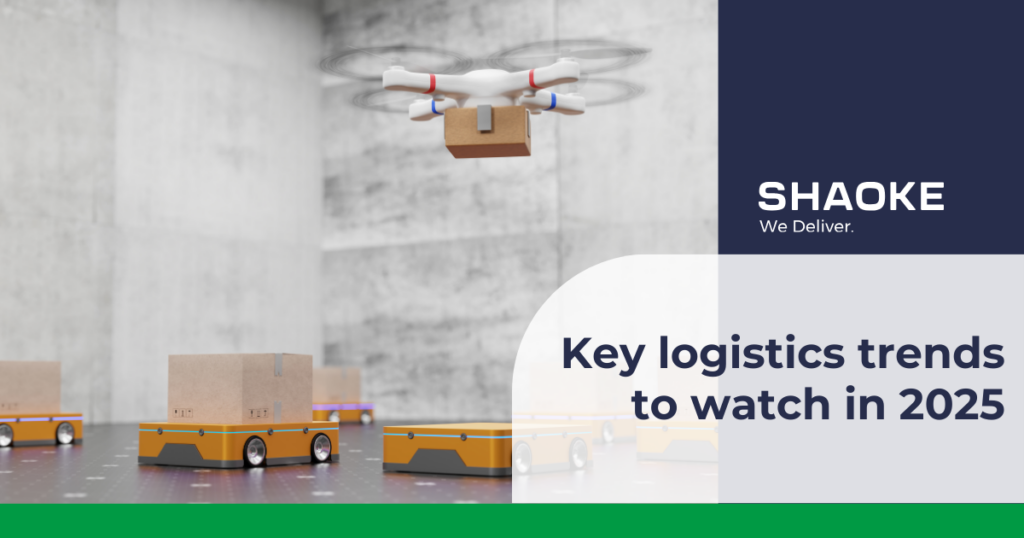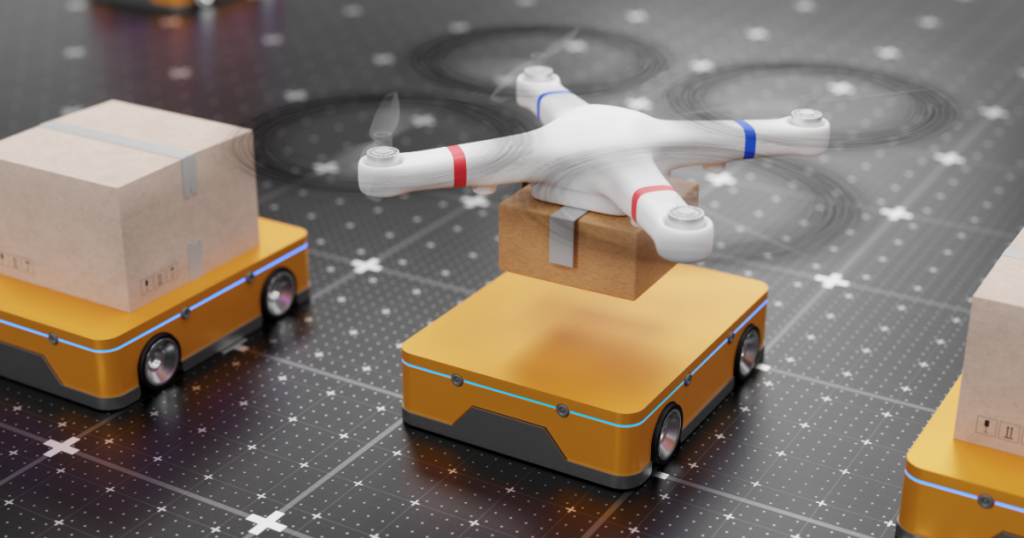
Diversification to mitigate risks
The past year has shown how fragile supply chains can be, with major disruptions like Red Sea attacks and geopolitical tensions causing delays and cost spikes. In 2025, companies are prioritizing diversification to reduce reliance on single suppliers, transport routes, or regions. Expanding supplier networks, adopting multi-modal transport, and nearshoring production help businesses stay resilient against trade restrictions, natural disasters, and political instability. These strategies are becoming essential as global markets remain unpredictable and the cost of disruptions continues to rise.
Cost-to-serve: optimizing profitability in logistics
Rising fuel costs, labor shortages, and ongoing supply chain disruptions are making cost-to-serve a key focus in 2025. Companies are analyzing the true cost of fulfilling orders by looking at factors like transportation expenses, warehouse operations, and customer service demands. Advanced data analytics helps identify which products, customers, and routes are the most and least profitable. This allows businesses to adjust pricing, optimize logistics, and make strategic decisions about service levels to maintain profitability without unnecessary costs.

Sustainability as a priority
Stricter regulations and consumer expectations in 2025 are forcing logistics companies to cut emissions and adopt greener practices. More firms are switching to electric vehicles, alternative fuels, and sustainable packaging to stay compliant and competitive. Ethical sourcing and transparent ESG reporting are also in focus, as businesses face increasing pressure to back up their sustainability claims with real action.
Technology and workforce transformation
In 2025, logistics companies are investing more in technology to stay competitive amid rising costs and supply chain disruptions. Real-time tracking and data analytics help manage unpredictable demand and reduce delays. AI-driven automation is improving forecasting as global trade patterns shift and labor shortages continue. At the same time, businesses are upskilling employees to work with AI systems, recognizing that human expertise is still essential alongside automation.
Source: Forbes, KPMG

